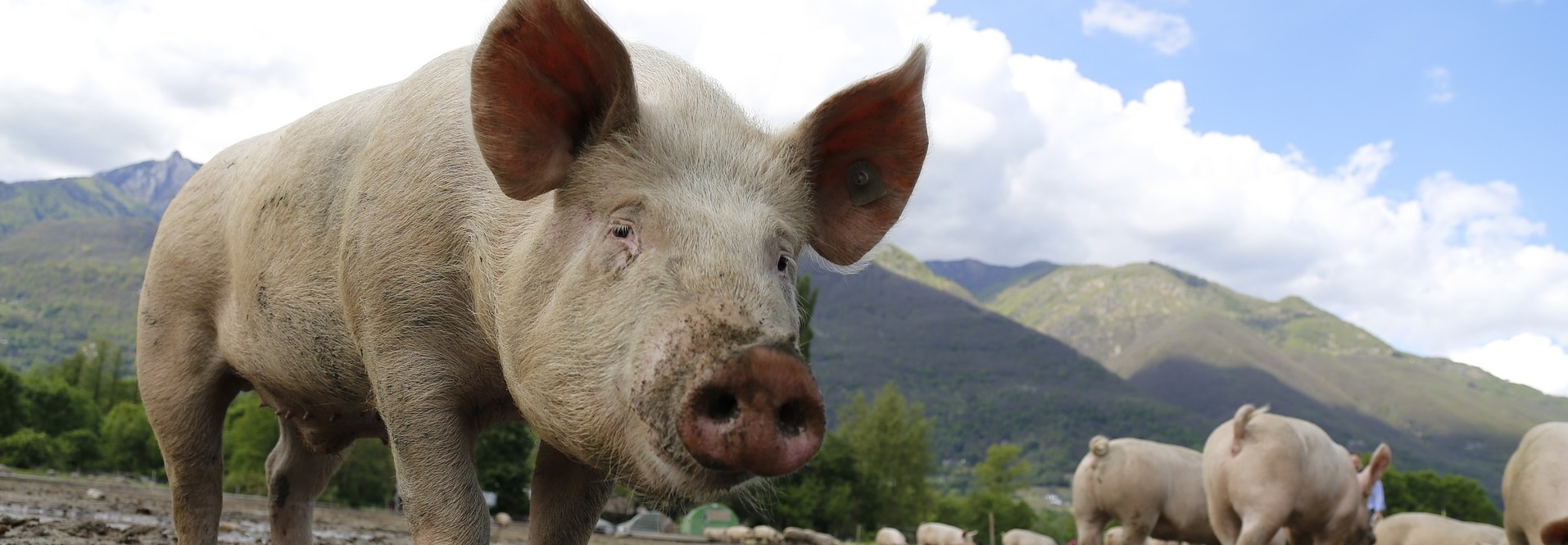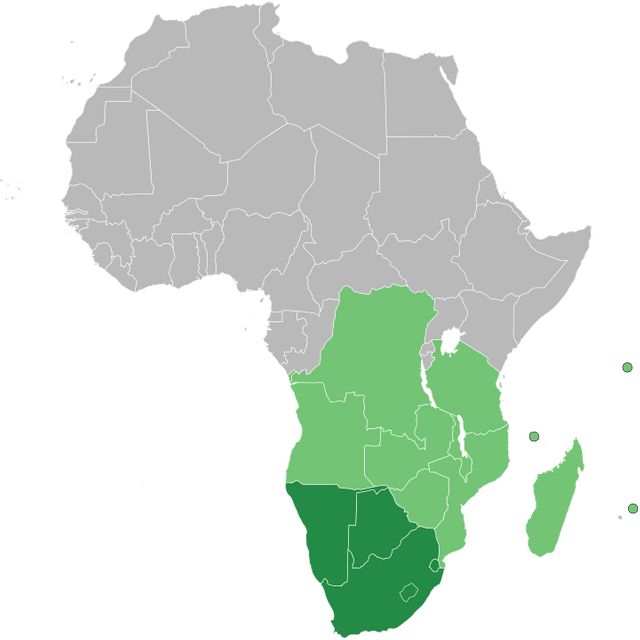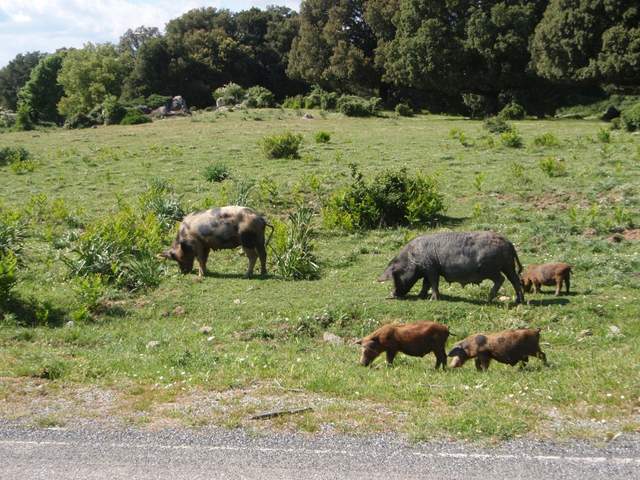
About the Project
Overview
This study will contribute to the understanding of the emergence and complex transmission pathways of transboundary animal diseases (TADs) at the wildlife-domestic livestock interface. In the last decades many TADs have been emerging or re-emerging, mostly due to globalization and socio-economic and environmental changes. This is the case, for example, of African Swine Fever (ASF), a global reemerging tick-borne hemorrhagic viral disease of swine for which no treatment or vaccine is available. The virus can result in rapid and widespread mortality, especially in naïve suid populations. Current control methods are focused on biosecurity and restricting contact with infected and/or wild pigs. When outbreaks do occur, culling and trade restrictions can result in massive economic losses to producers and affected countries. The rural poor are often disproportionately affected.
The Southern African Development Community (SADC), an intergovernmental organization, unites 16 southern African countries in an effort to further socio-economic, political and security cooperation. The community encompassed by the SADC represents the unique area in the world where
- ASFV is believed to have originated/emerged and continues being an active source of long-distance ASFV spread (e.g., to Europe in 2007)
- 23 out of the 24 different ASFV genotypes are present
- both the domestic and sylvatic transmission cycles (involving domestic pigs, wild pigs and ticks) coexist.

Moreover, in this region, more than 80% of the human population is dependent on agriculture, and the presence of ASF (which causes almost 100% mortality in affected farms) is not only an important cause of poverty and livelihood deterioration but also a threat to wildlife conservation efforts (i.e., increase of poaching and bush meat consumption). Despite the importance of this region in ASF viral diversity and local and global spread, the risk factors and contact networks contributing to ASFV emergence, maintenance and evolution have been insufficiently studied and ASFV continues spreading to new, previously-free territories. The characterization of the pig contact networks and the ecologic and socioeconomic factors contributing to the emergence, maintenance and spread of ASF in the SADC region is an ideal system to gain understanding about TADs emergence and global spread.
Aims
The proposed interdisciplinary, multi-institution, research project represents a substantive advance in scope by integrating many scales of research and by linking both ecological and socioeconomic factors influencing disease emergence and transmission. Our approach will be based on intensive field data collection (i.e. wild and domestic pigs and tick sampling, camera traps and surveys conducted in seven study areas of representative SADC countries: Madagascar, South African and Mozambique) and on experimental studies (i.e., ticks competence and variability due to extrinsic and intrinsic factors such as temperature, humidity or tick microbiome).
- Assess the pig contact networks within the region
- Collect data on pig management and socio-economic factors characterizing local swine producers
- Explore tick involvement in ASFV transmission
- Assess ASF seroprevalence and viral diversity in the sylvatic and domestic cycles
- Model ASFV transmission dynamics, economic impact and risk of introduction into free areas in different eco-epidemiological settings using multi-scale simulation models
- Integrate genomic-to-population level data and modeling methods into a comprehensive, open-access, user-friendly, long-term, analytical platform referred to as ASF-BioPortal
Broader Impacts
It is anticipated that the expected outcomes (better knowledge of factors contributing to disease emergence and transmission dynamics and new modeling, visualization, educational and technology transfer tools) will be directly used by veterinary and public health services in the SADC region to inform the development of more cost-effective preventive and control programs for ASF and other TADs, including those with zoonotic potential, which will lead to a huge positive translational impact in both animal and public health.

This work is supported by The Ecology and Evolution of Infectious Diseases Program, grant no. 2019-67015-28981 from the USDA National Institute of Food and Agriculture.